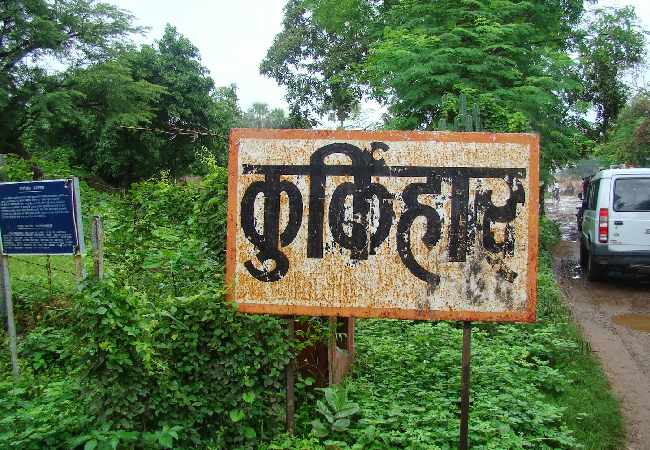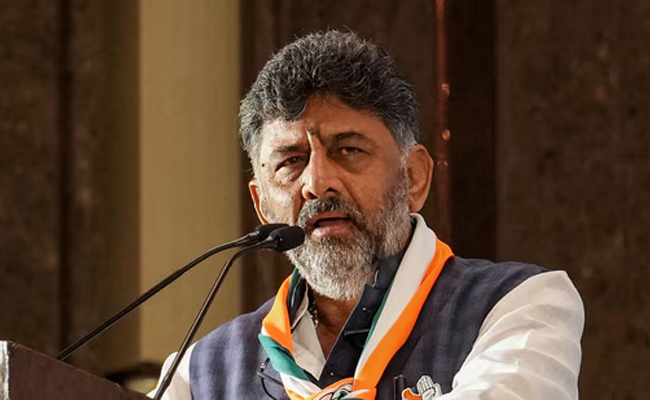Patna: The Patna Circle of the Archaeological Survey of India (ASI) has sought permission from its headquarters to excavate Kurkihar village in Bihar’s Gaya district in search of archaeological treasures and to establish the region’s cultural sequence.
Kurkihar village, situated about 5 km northeast of Wazirganj and 27 km east of Gaya, is believed to have once been an ancient city and the site of a Buddhist monastery.
According to records from the ASI Patna Circle, accessed by PTI, "Alexander Cunningham, an officer of the British Army and an archaeologist, visited Kurkihar once in 1861-62 and again in 1879-80. He mentioned having seen not only numerous Buddhist sculptures, large and small, but a large number of votive stupas."
Alexander Cunningham, who excavated numerous sites in India, including Sarnath and Sanchi, was the first director of ASI.
Speaking to PTI, Sujeet Nayan, the Superintending Archaeologist of the ASI Patna Circle, said, "Yes, we have sought permission from the ASI headquarters to carry out an excavation at the site where Kurkihar village is situated now."
The antiquarian remains of Kurkihar were brought to notice also by Markham Kittoe, a well-known archaeologist, in 1847, Cunningham in 1861-62 and 1879-80, and other scholars, Nayan said.
"The site consists of a vast mound of bricks and remains of a large monastery. The main mound of the Buddhist ruins is around 25 feet high. A proposal in this regard has been recently sent to the ASI (HQ)," Nayan said.
According to Markham Kittoe, a well-known archaeologist, Kurkihar is an ancient city and Buddhist monastery or vihara, Nayan said, adding the main mound at the site contains Buddhist ruins, including inscriptions with other antiquities and cultural materials.
"Well-known historian K P Jayaswal had described how attention was dramatically drawn to the site in 1930 when a group of about 226 bronze sculptures were accidentally discovered in a mound located on the western side of the local temple in the area," Nayan said.
Most of the sculptures, cast in bronze, were then acquired for the Patna Museum and several other museums in different countries,” the Superintending Archaeologist said.
There is a huge architectural wealth that needs proper excavation of Kurkihar, he added.
Several statues made of stones have also been found from the Pala period, some of which are still in active worship at the local temple, he said.
Several inscriptions have also been found on the bronze sculptures, he said, adding the Kurkihar inscriptions refer to various periods of Pala dynasty rulers - from Devapala, Rajyapala, Mahipala and Vigrahapala III - ranging from the 9th Century to 1074 AD.
The monastery's name was Apanaka, which is mentioned in several inscriptions.
It was very popular among the visitors from Kanchi in South India and other international visitors, the superintending archaeologist added.
Let the Truth be known. If you read VB and like VB, please be a VB Supporter and Help us deliver the Truth to one and all.
Gorakhpur (PTI): A hospital employee was booked for allegedly sexually assaulting a woman in the pretext of an ultrasound test here in the district women's hospital, police said on Saturday.
According to the complaint, the woman, a resident of the Gulriha area, visited the district women's hospital on Thursday morning for an ultrasound test.
She was directed to a room, where Abhimanyu Gupta was conducting ultrasounds. When her turn came, the accused allegedly stared at her and told her to remove all her clothes, claiming it was necessary for the test and that a massage would also be required, she said.
ALSO READ: UP: Girl kidnapped, raped multiple times over 25 days; accused held
The woman alleged that once she complied, the accused began making obscene advances and tried to force himself on her. When she screamed, he allegedly gagged her, abused her and threatened to kill her before pushing her out of the room.
She said her complaints within the hospital went unheard, forcing her to approach the police.
Taking cognisance of the complaint, the hospital administration constituted a three-member inquiry committee, officials said.
Senior consultant (paediatrics) Dr Jay Kumar said, "The woman has levelled serious allegations against a staff member. Senior officials have been informed, and a departmental inquiry is underway. Strict action will be taken if the charges are proved."
Kotwali Station House Officer Chatrapal Singh said a case has been registered, and efforts are on to nab the accused.





